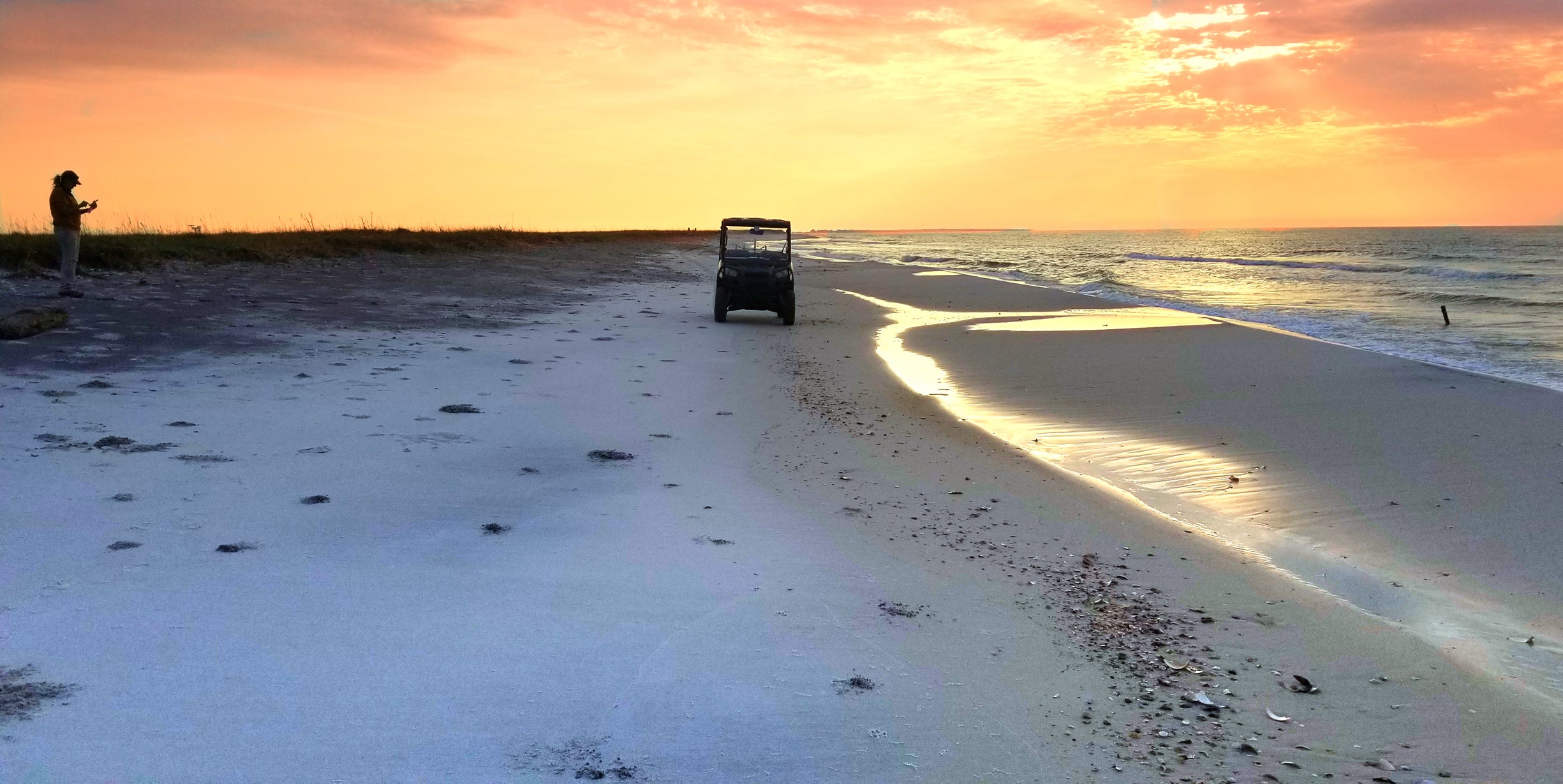By Taylor Pool, Public Affairs Officer with the U.S. Fish & Wildlife Service (USFWS)
Whether it’s the Yellowhammer State or the Cotton State, whatever you call the state of Alabama, an abundance of birds call it home. “Yellowhammer” in fact refers to the common name for the northern flicker woodpecker — which just happens to be the state bird of Alabama.
Specifically, coastal Alabama is home to a treasure trove of avian species that nest on the beach and use the area for stopover on their migratory journeys around the world. Coastal Alabama is a particularly vulnerable area, as well as the other four Gulf state coasts. The Gulf’s coast is subject to battering from hurricanes and storm surge, land loss from a lack of sediment transfers, and increased development — making coastal restoration projects all that more important.
The incredible amount of bird habitat in the Yellowhammer State is good news for outdoors enthusiasts. Birding trails and hunting opportunities are prevalent, and per Gulf Shores and Orange Beach Tourism, birding as a sector of tourism is huge. Roughly $17.3 billion is spent on wildlife-watching trips and related expenses, with an estimated 20 million Americans traveling for birding.
“While our 32-mile stretch of sugar-white sand beaches is what draws people to Gulf Shores and Orange Beach for their vacations, the broader nature and outdoors are part of our core marketing focus, especially in the last year with the COVID-19 pandemic,” said Beth Gendler, Chief Operating Officer of Gulf Shores and Orange Beach Tourism. “The Tourism Office learned during the Deepwater Horizon oil spill just how vital it is that we protect our special environment for residents and visitors to enjoy and appreciate in the future. Birding and bird conservation efforts are a key component of this because our area is part of the winter and spring migration routes.”
The U.S. Fish and Wildlife Service’s (Service) Gulf Restoration Office is working to implement projects ensuring these opportunities continue to exist far into the future. Within these efforts, some Service biologists are focused on land restoration, while others are looking to the sky — literally — as they track birds’ migration patterns.








